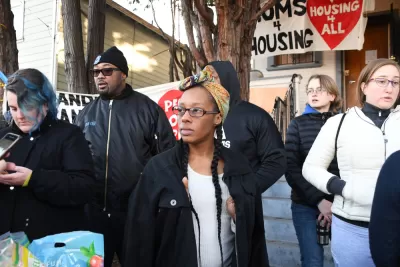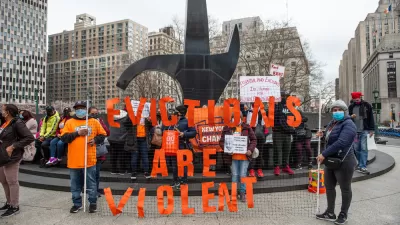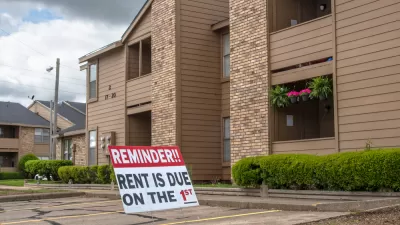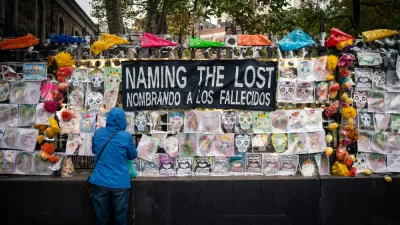Add the coronavirus pandemic to an already deeply troubled housing market and the Bay Area has a recipe for even more displacement in a region already facing a massive demographic shift.

The COVID-19 pandemic has had a disproportionate effect on the health and housing security of Black Americans, according to a survey conducted from July to August 2020 by National Public Radio, the Robert Wood Johnson Foundation, and the Harvard University T.H. Chan School of Public Health.
An article by Elliott Jones, an organizer and founder of Ensure Progress, examines the possibility that the economic effects of the pandemic might exacerbate the ongoing exodus of Black people from central Bay Area cities of Oakland and San Francisco.
According to Jones, "the startling increase in the cost of housing in San Francisco and Oakland has made displacement and gentrification all but inevitable." Moreover, "Over the past four decades, Black residents have been increasingly priced out of the home and rental markets in these two cities, with small bungalows that used to provide middle-class housing now regularly selling for over $1 million."
So Black people have for years already been moving to farther flung suburbs in the Bay Area, like Pittsburg, Antioch, and Concord; to exurbs like Stockton and Fairfield; and beyond, to other parts of the state and country.
"As a result of this movement, these communities have experienced a significant shift in their demographics. Fairfield now has a Black population of 16 percent. Stockton has a rising Black population of 14 percent, and 18 percent of Pittsburg’s population is Black," according to Jones.
Add to those trends the uncertainty and financial pressure of the pandemic, and the risk of even more displacement, and the trauma of dislocation that comes with it, is looming over the Bay Area.
It's a point that bears repeating as much as possible: While much of the conversation about the effects of the pandemic on the housing market have focused on the housing and lifestyle preferences of the wealthy and middle class property owners, much of the effect of the current economic disruption is likely to be created by more marginalized communities, who are moving by necessity rather than choice.
FULL STORY: Op-Ed: Pandemic Likely to Accelerate Black Exodus From SF and Oakland

Trump Administration Could Effectively End Housing Voucher Program
Federal officials are eyeing major cuts to the Section 8 program that helps millions of low-income households pay rent.

Planetizen Federal Action Tracker
A weekly monitor of how Trump’s orders and actions are impacting planners and planning in America.

Ken Jennings Launches Transit Web Series
The Jeopardy champ wants you to ride public transit.

From Planning to Action: How LA County Is Rethinking Climate Resilience
Chief Sustainability Officer Rita Kampalath outlines the County’s shift from planning to implementation in its climate resilience efforts, emphasizing cross-departmental coordination, updated recovery strategies, and the need for flexible funding.

New Mexico Aging Department Commits to Helping Seniors Age ‘In Place’ and ‘Autonomously’ in New Draft Plan
As New Mexico’s population of seniors continues to grow, the state’s aging department is proposing expanded initiatives to help seniors maintain their autonomy while also supporting family caregivers.

USDOT Waters Down Self-Driving Car Regulations
The agency is reducing reporting requirements for autonomous vehicles and cars with self-driving features, prompting concern among safety advocates who say transparency is essential to the safe deployment of AV technology.
Urban Design for Planners 1: Software Tools
This six-course series explores essential urban design concepts using open source software and equips planners with the tools they need to participate fully in the urban design process.
Planning for Universal Design
Learn the tools for implementing Universal Design in planning regulations.
Heyer Gruel & Associates PA
Ada County Highway District
Institute for Housing and Urban Development Studies (IHS)
City of Grandview
Harvard GSD Executive Education
Toledo-Lucas County Plan Commissions
Salt Lake City
NYU Wagner Graduate School of Public Service





























